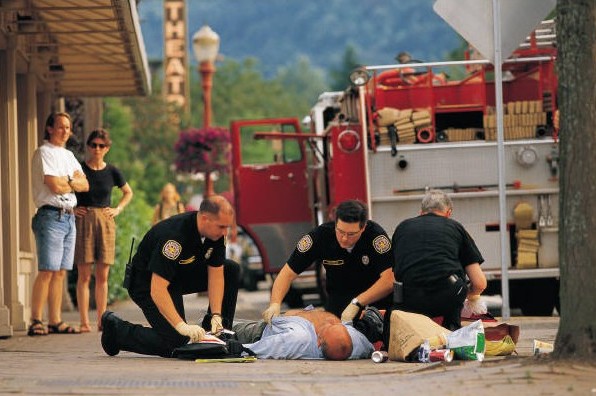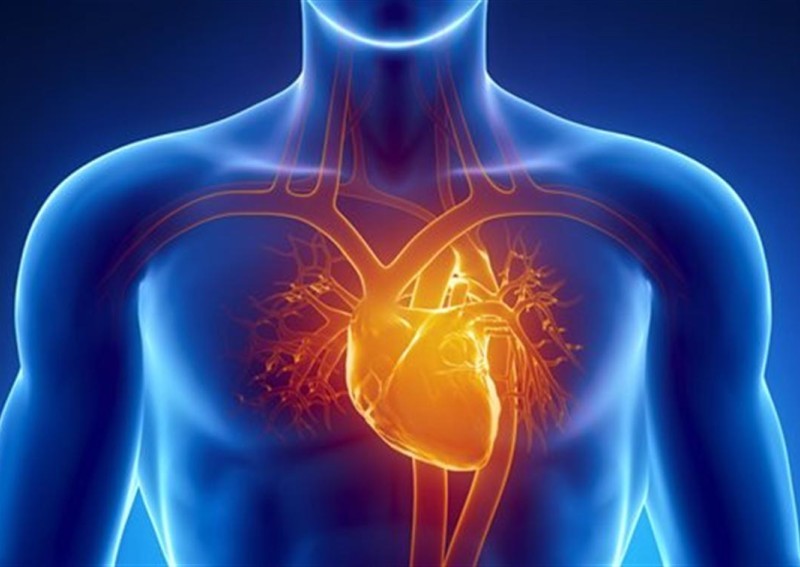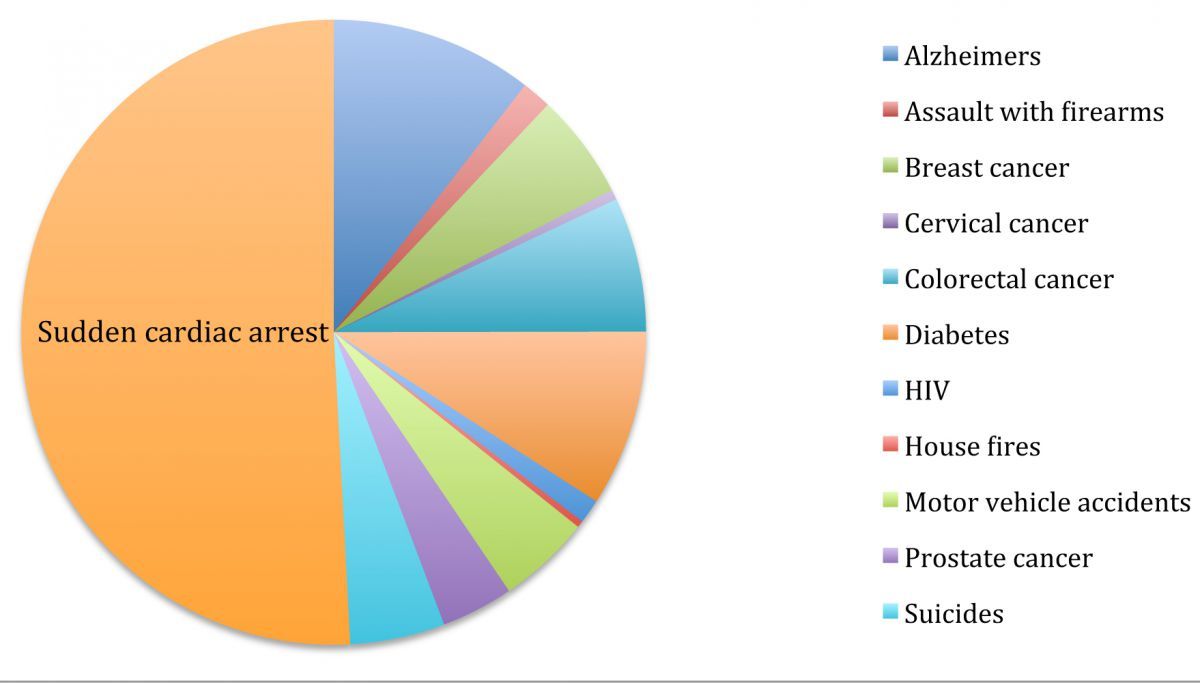CPR AED Training & Certification
AED – Automated External Defibrillator
In the event of Sudden Cardiac Arrest (SCA), the victim requires CPR and an electric shock from a defibrillator it is the only known thing that will save their life. That is why CPR AED Training and Certification is so important.
Using an AED & starting Cardiopulmonary Resuscitation (CPR) within the first two minutes of cardiac arrest improves the victim’s chances of survival by 90 percent. For each minute that passes, chances of survival decrease approximately 10 percent. You will learn how to perform proper chest compressions, rescue breaths and how to use an AED in your CPR AED training and certification class.
The average national response time for “Emergency Rescue” is 5 to 10 minutes in an urban area. If 9-1-1 rescuers arrive at the location in 5 minutes, by the time they get their equipment, get in your building, get to the victim, and analyze the situation it will be several more minutes before the first Life Saving Shock is delivered.
If chances of survival go down nearly 10% per minute, can you afford to wait for Emergency Rescue? Don’t wait, become a link in the “Chain of Survival.” Have some of your employees enrolled in a CPR AED training and certification class so your facility is prepared for a non-breathing medical emergency.
Getting certified in a CPR AED training and certification class is fun and easy. Pulse America provides a complete AED solution, you’ll have the peace of mind of knowing you have the best technology, ease of use, as well as Pulse America’s AED hands on style of training to help make your workplace safer.


Sudden Cardiac Arrest and Heart Attack
Most sudden cardiac arrests are due to abnormal heart rhythms called arrhythmias. The most common arrhythmia is ventricular fibrillation (VF), in which the heart’s electrical impulses suddenly become chaotic and ineffective. Blood flow to the brain abruptly stops; the victim then collapses and quickly loses consciousness. Death usually follows unless a normal heart rhythm is restored within minutes.
A heart attack is different from sudden cardiac arrest although sometimes a heart attack can trigger SCA. A heart attack occurs when one of the heart’s major blood vessels becomes blocked, shutting off blood flow and oxygen to the heart muscle. Without oxygen the heart muscle starts to die, producing pain and other symptoms. A heart attack may lead to a cardiac arrest.
In simple terms, a heart attack is a “plumbing” problem caused when a vessel becomes clogged. Sudden cardiac arrest is an electrical problem. Unlike a sudden cardiac arrest victim, a heart attack victim is often awake and can talk despite having chest pain or pressure. The most common symptom of a heart attack is severe pain or pressure in the center of the chest.
Sudden Cardiac Arrest Facts
It happens quickly and without warning. Sudden Cardiac Arrest can affect anyone including healthy adults and even teenagers. Sudden Cardiac Arrest does not discriminate, it affects men and women, old and young, athletic or not, it doesn’t care about your race or religion. It cannot be prevented. There is no vaccine. Most do not survive. Sudden Cardiac Arrest is responsible for approximately 350,000 deaths annually. Unfortunately, most of the time, the necessary life-saving automated external defibrillation shock does not arrive in time. As a result, typical survival rates currently are only 2% – 5%.
Now there is something you can do to improve the odds dramatically for your customers and employees with a solution that is easy to use and inexpensive to buy. Sudden cardiac arrest strikes people of all ages and fitness levels, usually without warning. Many of these lives could be saved if:- Bystanders act promptly to phone 911 and begin CPR, and
- Trained personnel provide defibrillation within 3 to 5 minutes.
